Tatsinsky raid by General Vasily Badanov
Speaking of Tatsin raid, one can not help but think about the role of the individual in stories. The operation was supervised by a man who dedicated a purely peaceful profession to Vasiliy Mikhailovich Badanov (1895-1971) for a long time in his life as a teacher. In his youth, he successfully graduated from the teachers' seminary, but the First World War changed a lot. In 1916, he graduated from the Chuguev Military School and by the revolution he commanded a company, being a lieutenant. After returning home from the front, he again takes up teaching work, returning to the army only in 1919, now in the ranks of the Red Army. In general, after the end of the Civil War, his military career went up. In January, 1940, he was appointed director of the Poltava Military Automotive Technical School, and 11 in March, 1941, right before the war, assumed command of the 55 Panzer Division from the 25 mechanized corps. The fact that the former lieutenant of the tsarist army did not fall under the “knife” of repression in 1937 shows that Badanov was born under a lucky star, he was “a man of high point.” This hour struck in December 1942 year, forever inscribing the name of the general in history.
The Catholic Christmas of 1942 was approaching the year, and near the banks of the Volga there was a climax of a grandiose battle, which in the future will mark with its result a radical change in the war. The troops of Manstein tried by all means to break through to Stalingrad by unblocking the army of Paulus surrounded by the city. For this, Operation Wintergewitter (Winter Storm, literal translation of Winter Thunderstorm) was organized, which became a tactical surprise for the Soviet command. The Soviet command was expecting a deblocking strike by the German troops, but not from the south, but from the west, where the distance between the main forces of the German armies and the encircled grouping was minimal.
The German offensive began on December 12 on 1942, and at the first stage it developed very well. The 302 th Infantry Division of the Red Army, which took the brunt of the Germans, was quickly dispersed and a breach appeared in the front of the 51 th army. This fact provided the German unblocking parts with rapid advance. By the end of the day, the German 6-I tank division, which was the backbone of the advancing grouping and was recently redeployed from France, reached the southern bank of the Aksai river. At the same time, the 23-I German Tank Division, deployed from the Caucasus, reached the Aksai River in the area north of Nebykov. December 13, having crossed the Aksai, the 6-I tank division was able to reach the village of Verkhne-Kumsky, where it was stopped by counterattacks of the Soviet units for 5 days, which ultimately decided the fate of the German counterblow. When the 20 of December units of the German group reached the Myshkov River (35-40 km remained before the surrounded Paulus grouping), they met part of the approaching 2 Guards Army of the Stalingrad Front. By this time, the Germans had lost in the battles before the 230 tanks and up to the 60% of their motorized infantry.
The encircled group of German troops at Stalingrad was supplied by air and did not intend to surrender in December 1942. The supply of the surrounded parts was carried out from a large aerodrome located in the village of Tatsinskaya. It was at this moment, when the units of Manstein continued their attempts to release Paulus’s troops, Vasily Badanov received his main combat mission about the army commander Vatutin. Badanov's tank corps was supposed to carry out something similar to a grand reconnaissance mission. The operation was largely designed for heroism without regard to circumstances and losses. Having broken through the positions of the 8 of the Italian army, the 24 tank corps was supposed to go back to the Germans, solving three tasks at once: try to cut off the German task force from Rostov-on-Don, divert German troops that were aimed at Stalingrad and defeat the airfield at the station Tatsinskaya, which was used to supply the surrounded 6-th army of Paulus.
The 24 tank corps Major General Vasily Badanov received in April 1942 of the year. After heavy fighting near Kharkov, where the corps lost practically 2 / 3 of its composition, it was taken out for re-formation. Until December 1942, the corps regained its combat readiness, actually being in reserve of the Supreme Command Headquarters. At the time of the Tatsinsky raid, the corps consisted of three tank brigades: the 4-I Guards Tank, the 54-I Tank, the 130-I Tank, and the 24-I motorized rifle brigade, the 658-th anti-aircraft artillery regiment and the 413-nd separate guard, and the 24-zennite anti-aircraft artillery regiment and the 90-i separate guards, and the 70-th anti-aircraft artillery regiment and the 50-nd separate guards, and the 91-zennogo Zenit-artillery regiment and the 34-i separate guards, and the 70-zennogo Zenit-artillery regiment and the XNUMX-y separate guards, and the XNUMX-zennogo zenitenno-artillery regiment and the XNUMX-y separate guards, and XNUMX-zennogo guard troops division. By the time of the onset in the XNUMX-m tank corps, the manning of the tanks was XNUMX%, the personnel - XNUMX%, the road transport - XNUMX%. In total, it consisted of up to XNUMX tank (T-XNUMX and T-XNUMX).
The first stage of the 24-x tank corps was successful. December 19, being brought into battle with the Osetrovsky bridgehead in the 4-th Guards Rifle Corps action zone, on the front, which was defended by the Italian units, Badanov’s tank corps had hardly met any significant resistance from their side. The blocking units, which were involved in the depths of the Italian front, in the catchment basin of the Chir River, soon fled under the pressure of the attacks of the Soviet troops, throwing guns and vehicles on the battlefield. Many Italian officers tore insignia and tried to escape. Badanov tank crews crushed Italians, literally like bedbugs. According to the memories of the tankers themselves, they met combat vehicles that literally darkened from blood. Despite the fact that the Germans became aware of the advancement of the Russian tank corps, they did not have time to “intercept” it. In five days of rapid march, Badanova tankers were able to overcome 240 kilometers.
At the same time during the actions of the Soviet troops 8-I Italian army was actually defeated. More than 15 thousand of her soldiers were captured. The remnants of the Italian divisions retreated, throwing equipment and warehouses with food and ammunition. Many staffs were removed from the scene, losing contact with the units, all fled. At the same time, the 8-I Italian army, which by the autumn of 1942, numbered about 250 thousands of soldiers and officers, lost half of its composition by killed, wounded and prisoners.
By eight o'clock in the evening 21 December, the 24 tank corps was able to reach the settlement of Bolshakovka. After that, Vasily Badanov ordered the commanders of the 130 Tank Brigade, Lieutenant-Colonel S. K. Nesterov, and the Commander of the 54 Tank Brigade, Colonel V. M. Polyakov, to send their units across the remaining bridges across the Bolshaya River, passing Bolshinka from the north-west and north, and by the end of 21 December to seize the given settlement. At the same time, the 4-th Guards Tank Brigade, commanded by Colonel GI Kopylov, was tasked to free Ilyinka from the enemy by the morning of December 22. Overcoming a water obstacle, units of the 130 tank tank brigade crushed the enemy’s military guard and broke into the northeastern outskirts of Bolshinka and started a battle there. Without having information about the forces of the advancing Soviet troops, the enemy threw his reserves against the 130 tank tank brigade. At this time, the 54-I tank brigade struck the enemy from the north-west. 21 December to 23 hours the village was captured.
The corps began to conduct heavy fighting only on the approaches to Tatsinskaya. So, with difficulty, Ilyinka was captured, which, strangely enough, very stubbornly defended the half-battalion of the Germans and up to a hundred and fifty Cossacks who joined the Wehrmacht. At the same time, less than half of the fuel reserves remained in front of Tatsinskaya in tanks of tanks, and the corps supply base was located at a distance of 250 kilometers in Kalach. At the same time, the case means of supplying fuel and ammunition were clearly not enough, but the corps successfully advanced in such conditions.
The second stage of the offensive operation is the direct assault of the village of Tatsinskaya. It began on the morning of December 24 in 7: 30 after hitting the Katyusha mortars from the 413 Guards Mortar Division. After that, on the German rear airfield, from which General Martin Fiebig, commander of the Luftwaffe 8 Corps, barely managed to carry his feet, Soviet tanks rushed. The blow was struck simultaneously from three sides, the signal to the general attack was the Katyush artillery attack and the 555 signal transmitted over the radio link.
The German pilot Kurt Schreith later recalled how this happened: “December morning 24 1942. In the east, a weak dawn broke, illuminating a gray horizon. At that moment, the Soviet tanks, on the move firing, suddenly burst into the village of Tatsinskaya and the airfield. Planes flashed like torches. Everywhere fires raged, shells exploded, stockpiled ammunition flew into the air. Trucks were rushing across the airfield, and desperately screaming people were running between them. Who will give the order, where to go to the pilots? Taking off and leaving in the direction of Novocherkassk is all that General Fiebig managed to order. The madness begins. Airplanes leave and start on the runway from all sides. All this is happening under the fire of the enemy and in the light of fires. The sky spread its crimson bell over the thousands of dying soldiers, whose faces expressed insanity. Here one U-52 transport plane, not having time to rise into the air, crashes into a Soviet tank and explodes with a terrible roar. Already in the air, the Heinkel collides with the Junkers and scatters into small fragments together with their passengers. The roar of aircraft engines and tank engines is mixed with the roar of explosions, gunfire and machine-gun bursts, forming a monstrous musical symphony. All together it creates in the eyes of the viewer of those events a complete picture of the open hell. ”
Less than 12 hours later, Major General Vasily Badanov reported on radio communications that the task had been completed. The Tatsinskaya village and the enemy airfield were captured. The Germans lost up to 40 aircraft (large command "posts", which brought the number of destroyed and captured aircraft to almost 400, appeared much later). But the main outcome was that the encircled Paulus group lost its air supply base. However, the Germans did not sit idly by. Back at night on December 23, Manstein, realizing that he was no longer breaking through to Paulus, was redeploying the 11th Panzer Division and the 6th Panzer Division, against the Badanov corps. They are moving in a forced march in order to stop the advance of the Soviet tank corps. The German tank divisions managed to clamp down on Badanov’s corps with mites, on which artillery and German strikes are now continuously operating aviation. As early as December 24th, the advance detachments from the 6th German Panzer Division, with the support of the assault gun units, captured areas located north of Tatsinskaya.
By December 25, in the Badanov case, 58 tanks remained in service: 39 medium tanks T-34 and 19 light tanks T-70, while the ammunition and fuel were running out. On December 26 in the morning, 5 trucks with ammunition and 34 tankers were able to break into the hull with the support of 6 T-5 tanks. No more supply corps can not get. At about the same time, Vasily Badanov found out that his corps had been awarded the title of Guards.
Vatutin tried to help Badanov by sending two motorized corps and two rifle divisions to help, but General Raus, who commanded the German 6 Panzer Division, was able to repel all the attacks of the Soviet troops. Parts of Major General Badanov were surrounded, desperately resisting. Many soldiers of the corps fought literally until the last bullet. Flame towers and granaries burning in the village of Tatsinskaya highlighted a terrifying picture of the fighting - warped anti-tank guns, broken supply columns, aircraft fragments, burning tanks, people frostbitten to death.
December 27 Vasily Badanov reports to Vatutin that the situation is very serious. The shells are running out, in the corps serious losses in personnel, it is no longer possible to hold Tatsinskaya. Badanov asks for permission to break the corps from the environment. But Vatutin orders to keep the village and "only if the worst happens," try to escape from the environment. Realistically assessing his capabilities and situation, Major General Badanov personally decides on a breakthrough. On a frosty night of December 28, the remaining forces of the 24 tank corps managed to find a weak spot in the German defense and broke from the encirclement to the Ilinka region, crossed the Bystraya River and joined the Soviet units. At the same time, only 927 people survived, just one-tenth of the corps, who launched the 19 December 1942 offensive. The larger and fresher forces could not break through to the rescue, and they were able to get out of the encirclement, having made a real feat.
The Supreme Soviet and the Soviet High Command commemorated the heroism of the 24 tank corps units, their gallant resistance to the end and the unparalleled tank raid in the deep German rear, which became a remarkable example for the rest of the Red Army. During their raid, the 24 tank corps reported on the destruction of 11292 soldiers and officers of the enemy, 4769 people were captured, the 84 tank was destroyed, 106 guns were destroyed. Only in the Tatsinskaya area were the enemy’s 10 batteries destroyed. After Tatsinskogo raid in the troops appeared a joke that the best way to fight German aircraft are tank tracks.
Vasily Badanov himself eventually rose to lieutenant general. Two years later, during the Lvov-Sandomir offensive operation, he received a severe wound and contusion. After recovering in August 1944, Lieutenant-General Vasily Badanov was appointed to the post of head of the department of military schools of the Main Directorate of the formation and combat training of armored and mechanized troops of the Soviet Army. This is how the combat general returned to teaching.
Information sources:
http://warspot.ru/191-tanki-protiv-lyuftvaffe
http://windowrussia.ruvr.ru/2012_12_25/Tacinskij-rejd
http://gosu-wot.com/tank-general-badanov
Materials from free sources
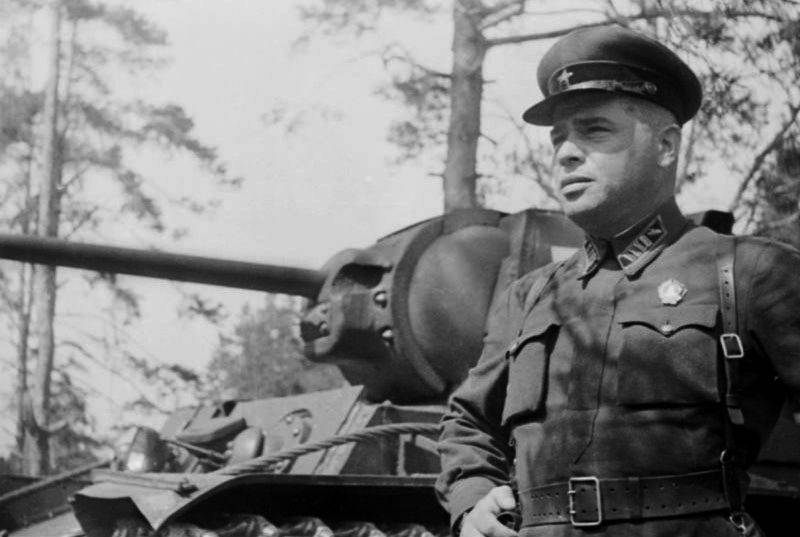
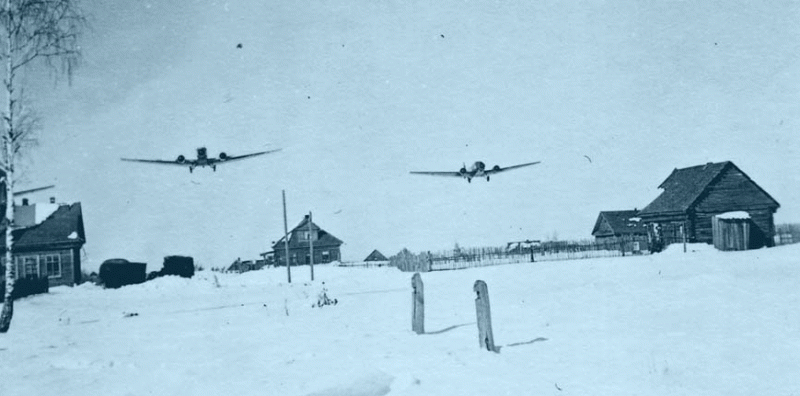
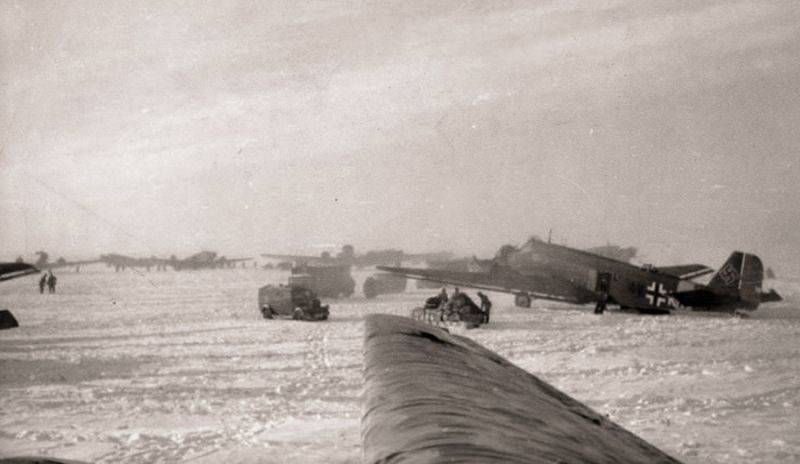
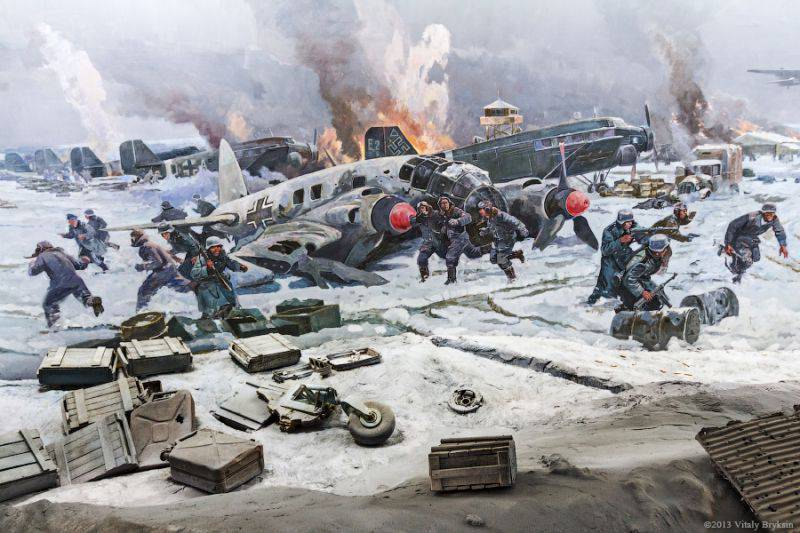
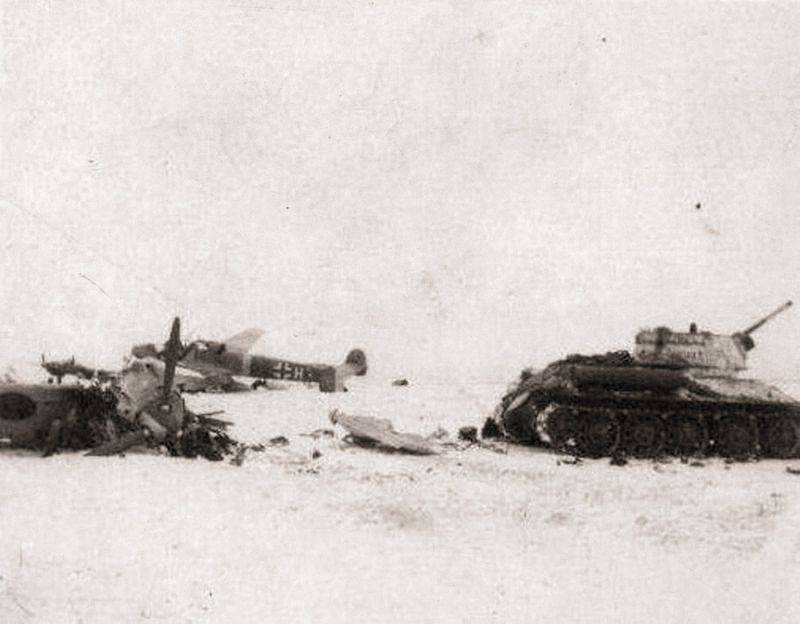
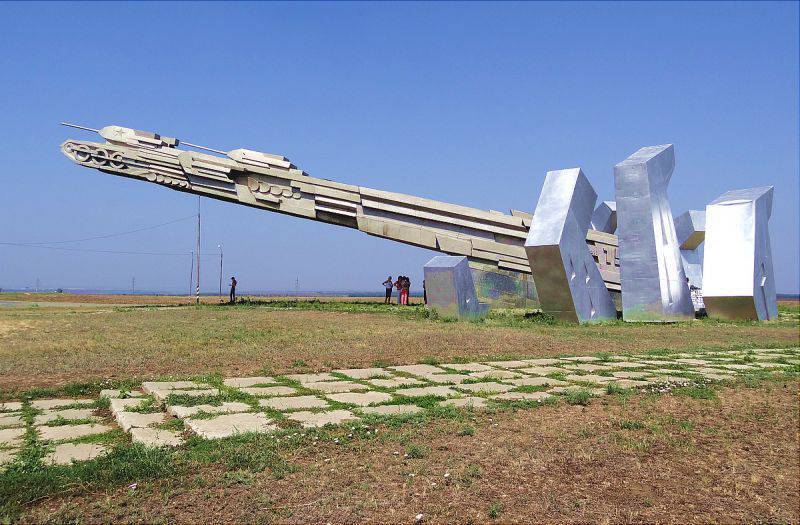
Information